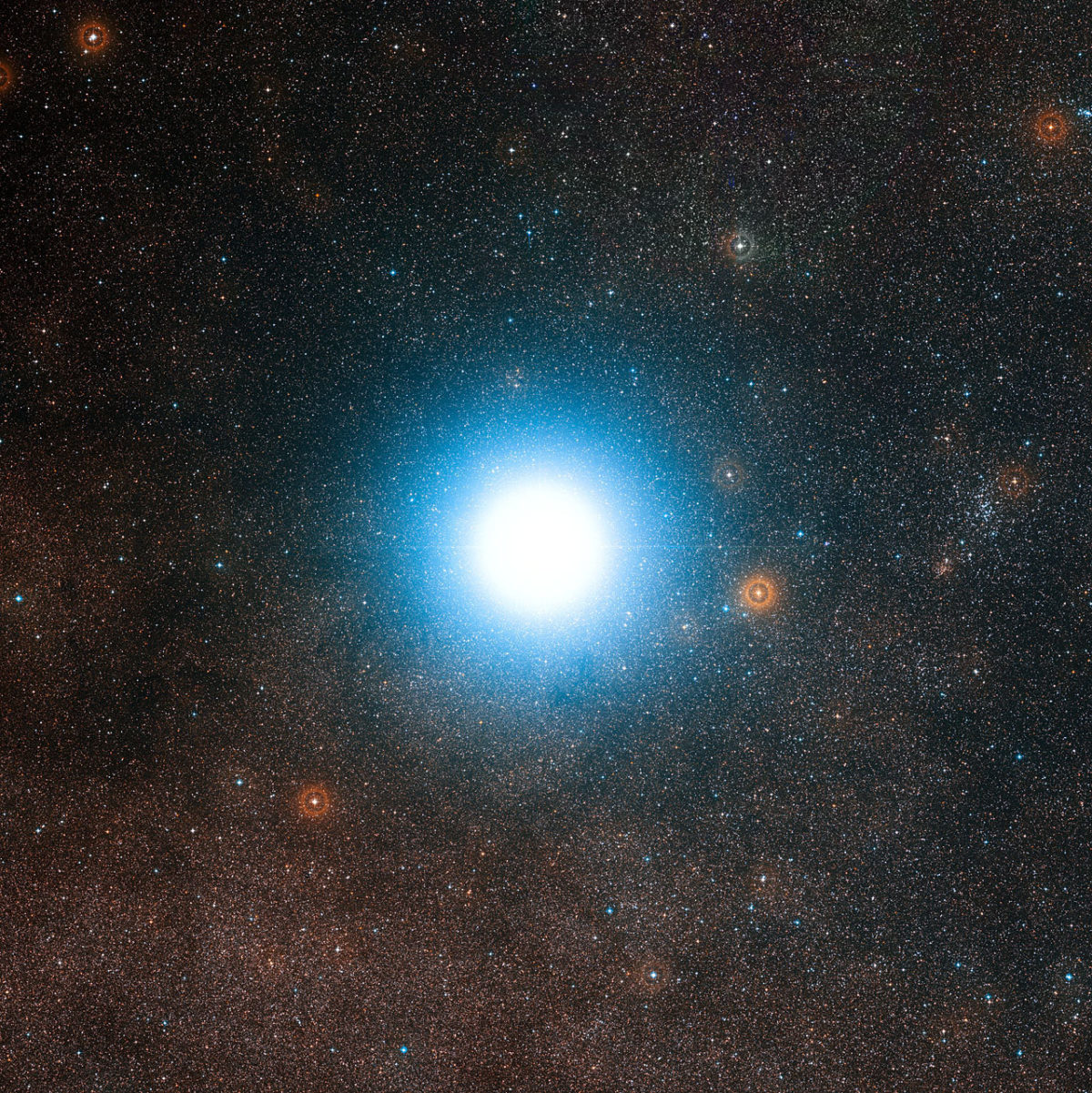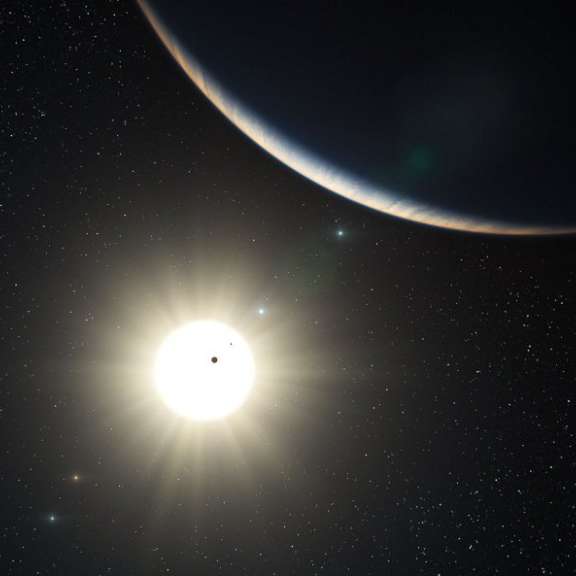Alpha Centauri Planet Search
If you live in Earth’s Southern Hemisphere, you’re probably familiar with the Southern Cross, one of the most easily recognizable constellations in the sky. To the left of the cross lies the bright star system of Alpha Centauri. With the naked eye, Alpha Centauri, or Alpha Cen, looks like a single star. But it’s actually two stars—Alpha Cen A and B—and together, they are the third brightest star system in the sky after Sirius and Canopus.
Our Exoplanets Projects
Since 2009, Planetary Society members have supported work by Debra Fischer, one of the world's top exoplanet researchers. These projects have greatly improved our ability to search for Earth-like exoplanets.

They’re also our closest stellar neighbors, located just 4.37 light years away. That makes the idea of finding exoplanets in the Alpha Cen system pretty exciting. So in 2007, Dr. Debra Fischer and her Yale Exoplanet Group team started looking. With funding from the National Science Foundation, they built a spectrometer called CHIRON for the 1.5-meter telescope at the Cerro Tololo Inter-American Observatory (CTIO) in northern Chile. The acronym CHIRON stands for the CTIO High Resolution spectrometer.
Exoplanets tug on their stars as they orbit, giving the star a slight wobble that can be detected by astronomers. By 2011, CHIRON was up and running, and shown to be capable of detecting star wobbles as small of 1 meter per second. But while a 1-meter wobble might be caused by an exoplanet just two or three times as massive as Earth, an Earth-like planet might only tug on its star by 10 centimeters per second. So Fischer's team set out to improve CHIRON's capabilities.
In 2012, they installed a new fiber-optic system between the telescope and the spectrograph to reduce data errors in the starlight they were collecting from Alpha Cen A and B. The system was based on FINDS (Fiber-optic Improved Next generation Doppler Search) Exo-Earths, which the Yale Exoplanet Group had installed on the 3-meter telescope at Lick Observatory in 2009. FINDS was suppoted by a $45,000 grant from The Planetary Society.

Armed with the FINDS-based fiber system and some improvements to the telescope's guidance system, CHIRON began looking for planets around Alpha Cen A and B. But just a few months later, a team of Geneva-based astronomers using a 3.6-meter telescope at another Chilean observatory dropped a bombshell: they had found a planet orbiting Alpha Cen B.
The new planet, officially Alpha Centauri Bb, has an orbital period of just 3.2 days, and lies just 6 million kilometers from its star. By comparison, Mercury has an 88-day orbit—and its closest approach to the sun is 46 million kilometers. This doesn't bode well for life on the surface, but where there's one exoplanet around a star, there are usually more. Fischer and her team searched for more planets in 2013 and in 2014, eventually focusing their efforts on a new calibration system for telescope spectrographs. The hunt continues.


 Explore Worlds
Explore Worlds Find Life
Find Life Defend Earth
Defend Earth


